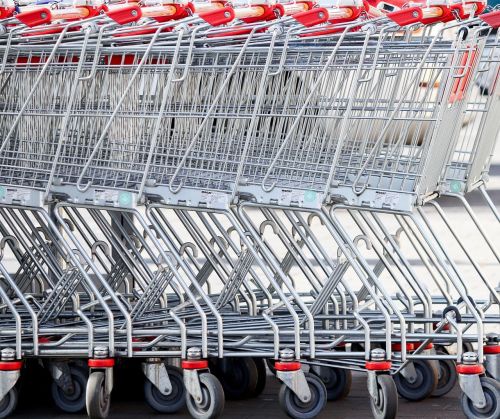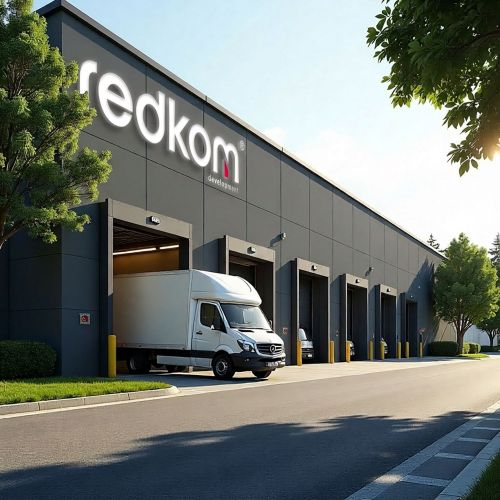The imminent demise of traditional retail has been predicted many times over the past decade, with online shopping and ecommerce giants being the prime suspects in its murder. Since 2017 the number of these predictions have dramatically increased, with a plethora of published articles all declaring that e-commerce has reaching its ‘tipping point’. However, despite this doom-mongering, many traditional retailers remain and have been – until recently – reporting healthy sales figures, albeit with reduced levels of profitability. But could the black swan of the COVID19 pandemic be the final nail in the coffin for physical retail?
To understand this let’s first evaluate what is meant by a ‘tipping point’? A quick Google brings up the following definition: the point at which a series of small changes or incidents becomes significant enough to cause a larger, more important change.” So a tipping point from a retail perspective means the point


























































The end of greenwashing as flex grows in strength
The end of greenwashing as flex grows in strength
The office sector is entering a period of deeper qualitative and financial scrutiny. Decisions regarding new projects, refurbishments, or leasing are now supported by more thorough ...
Walter Herz
The quiet revolution in Małopolska
The quiet revolution in Małopolska
Developers across the region are increasingly favouring heat pumps and photovoltaic systems over traditional gas boilers in warehouse construction. This shift marks a growing commi ...
Axi Immo
Modular construction becomes more prominent
Modular construction becomes more prominent
After a temporary slowdown, the modular construction market in Poland continues to expand in 2025. Although the sector faces challenges such as high material costs and investment f ...
Spectis